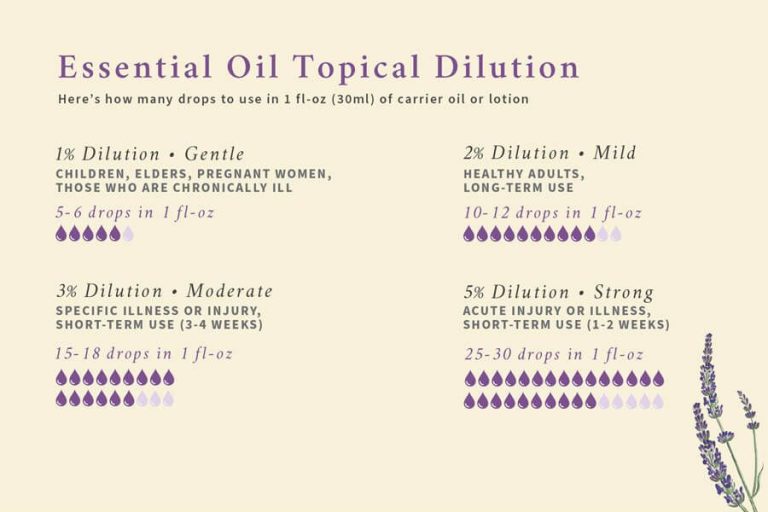Why Can’T Candle Jars Be Recycled?
Candles are a popular household item enjoyed for their warm glow and pleasant scents. However, once a candle burns down, many people are unsure what to do with the remaining glass jar and wax residue. There has been much confusion over whether candle jars can or should be placed in recycling bins. The answer, unfortunately, is that most municipal recycling systems cannot properly recycle candle jars. The wax remaining in the jars contaminates the glass recycling stream. While it may seem like a waste to throw out the jars, there are good reasons why most recycling programs cannot accept them. This article will provide an overview of the issues surrounding recycling candle jars and tips for proper disposal.
Candle Wax Residue
One of the main reasons candle jars cannot be recycled is because of the wax coating the inside of the glass. Candle wax adheres strongly to the glass surface and is extremely difficult to remove completely. Even after pouring out leftover melted wax, there is usually a thin film of wax remaining stuck to the sides and bottom of the jar. This wax residue makes the glass unsuitable for recycling.
Recycling facilities require all containers to be empty and clean before processing. The wax left behind in candle jars is considered contamination. Even small amounts of wax can gum up machinery and interfere with the recycling process. Facilities simply do not have the time or resources to try scrubbing out hardened wax from used containers. It is not feasible for them to clean each individual jar by hand. The wax contamination makes candle jars unfit for recycling.
Paraffin Wax
Most candles made from paraffin wax. Paraffin wax is derived from petroleum and is the most commonly used wax for candle making. It’s inexpensive, easy to work with, and readily available. Paraffin has a neutral scent and can be infused with fragrance oils and dyes. The downside is that paraffin releases more soot than other waxes when burned and is produced from nonrenewable petroleum. Most store-bought candles contain paraffin wax.
Contamination
The primary reason candle jars cannot be recycled is because of contamination from wax residue. When candle jars are put into the recycling stream, the leftover wax residue contaminates the entire batch of recyclable materials. Even a small amount of wax can ruin a large quantity of recyclable glass, paper, and plastics during the recycling process. This is because paraffin wax has a very low melting point, so it melts and smears onto other materials when compacted together.
The recycling machinery is not able to separate the wax contamination from other materials. The wax cannot be filtered out or cleaned off during the standard recycling procedures. Once wax gets into the recycling stream, it spreads rapidly and sticks to the glass, paper, and plastics. Even after going through the cleaning and processing stages of recycling, the materials remain unusable and contaminated. The wax residue causes clumping, staining, and rendering of recyclable materials into a contaminated, unrecyclable mess. This leads to entire batches being ruined and sent to the landfill.
Recycling Process
Candle jars often cannot be recycled because the recycling process is not equipped to handle the wax residue. Glass bottles and jars go through an extensive sorting and cleaning process at recycling facilities before they can be made into new glass products.
First, glass materials are separated by color because glass must be recycled with the same color. Next, the materials pass through a series of conveyor belts and machines that remove any plastic, metal or paper residues. The glass then goes through a cleaning process to remove food, liquid and other residues. Powerful cleaning materials and high-pressure blasters are used to get the glass squeaky clean.
The wax leftover in candle jars is stubborn and difficult to remove with standard recycling equipment. The soft wax gets smeared and sticky as it goes through the sorting and cleaning process, gumming up the works. Most recycling centers are not equipped to deal with the unique challenges posed by candle wax residues. So the wax-coated glass gets sorted out as waste instead of being properly recycled.
Costs
Recycling candle jars with wax residue can be prohibitively expensive for recycling facilities. The wax must be thoroughly cleaned off the glass for the jars to be accepted and processed. Most municipal recycling centers do not have the capabilities or budget to heat the jars and melt off the wax. It requires special equipment like industrial ovens and extra labor to scrub the melted wax residue. The additional costs make it unfeasible for most standard recycling programs.
The wax cleaning also slows down the recycling process and reduces efficiency. Some estimates indicate it can cost recycling centers 5-10 times more to handle wax-coated jars. Rather than taking on these expenses, most recycling facilities simply reject candle jars unless the wax is completely removed by the consumer beforehand.
Alternatives to Paraffin Candles
There are a few eco-friendly alternatives to paraffin candles that are more sustainable and recyclable:
Soy Wax Candles
Soy wax is made from hydrogenated soybean oil. It’s a renewable and biodegradable resource. Soy wax burns cleaner than paraffin wax and doesn’t release harmful chemicals. The wax can be composted after use.
Beeswax Candles
Beeswax is a natural wax made by honey bees. Beeswax candles are non-toxic and biodegradable. They burn brighter and longer than paraffin candles. Beeswax is more expensive but is a good eco-friendly option.
LED Candles
LED candles provide flicker-free, simulated candle light using battery-operated LED bulbs. They don’t require wax or wicks. LED candles are reusable, burn nothing, and don’t release any emissions. They’re the most environmentally friendly candle option.
Reuse
One of the best ways to reuse old candle jars is to repurpose them around your home. The glass jars can have many new uses after the candle has been finished. Here are some creative ways to reuse candle jars:
- Turn into a pen, pencil or makeup brush holder. The jars are perfect for holding office and art supplies. Decorate them with paint, ribbon or other embellishments.
- Make them into mini terrariums. Place some small plants inside along with pebbles or moss for a living decoration.
- Use them for bathroom storage for things like Q-tips, cotton balls, bath salts or epsom salts. The jars keep these items neatly organized.
- Craft decorative jar lanterns. Clean out the jars and place a tea light or LED candle inside for ambient lighting.
- Upcycle into jewelry holders, buttons jars or change jars. The jars keep small items organized on counters, dressers and shelves.
With a little creativity, old candle jars can be given new life around the home. Repurposing reduces waste and saves money over buying new containers and storage items.
Proper Disposal
The best way to dispose of old candle jars is to simply put them in the trash. While the glass jars themselves are recyclable, the candle wax residue contaminates them and prevents the jars from being effectively recycled. Once contaminated with wax, the jars should go in your normal household waste bin.
Do not place used candle jars in your recycling bin, as the wax residues will disrupt the recycling process and equipment. The wax can gum up the machines used to sort and process recyclable materials. This causes problems and extra costs for recycling centers. For this reason, it’s important that used candle jars go in the regular trash.
Conclusion
To conclude, candle jars cannot typically be recycled due to the paraffin wax residue that contaminates recycling facilities and disrupts the recycling process. Attempting to recycle candles leads to increased costs and inefficiencies in recycling systems not designed to handle wax. While some specialized recyclers can process candles, most municipal recycling programs cannot. The best approach is to reuse candle jars, properly dispose of them, or find wax-free alternatives like LED or soy candles that are more recyclable. The key takeaway is that while candle jars seem recyclable at first glance, the wax residue often makes them unfit for conventional recycling. With some creativity and care, we can reduce waste from candles and their containers.




